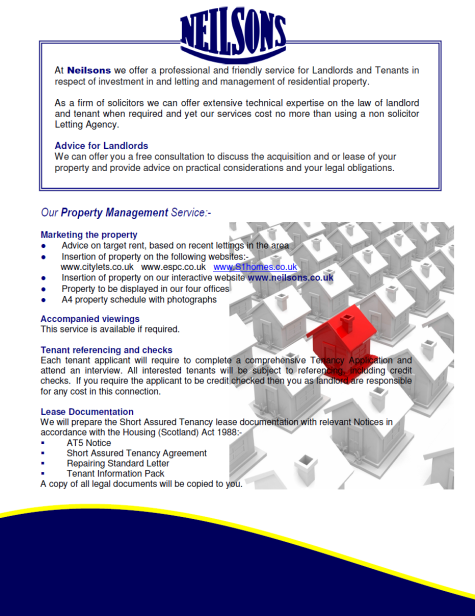There are two ways landlords make money through property letting – capital growth and rental income growth.
When a property increases in value over time, it is known as ‘capital growth’. Capital growth, also known as capital appreciation. Value of property does go up as well as down.
Rental income is what the tenant pays to you, the landlord, and this should increase over time.
Remember to budget for the necessary costs which you will remain liable for:-
Your Mortgage
Buy-to-let mortgage lenders will only lend up to 80% of the property value, so you will be putting your own money in.
Insurance premiums
Premiums for buildings insurance can vary but allow for between 2 and 3% of the rent.
Replacing fixtures and fittings
Allow for 10% of the rent each year to replace worn out fixtures, fittings and furnishings.
Be prepared to redecorate the property and carry out repairs and maintenance to keep your investment in a good condition so that it will continue to let easily.
Agency fees
Most agents with market experience should be able to secure you a higher rent than if you find a tenant privately.
Once you have deducted all these costs from the rent, you end up with your net expected rental income.
If you divide this into the value of the property, including all the costs associated with buying it, you have the net rental yield.
Example:
Net rental income £10,000
Property cost £200,000
Net rental yield £10,000 divided by £200,000 = 0.05 or 5%

